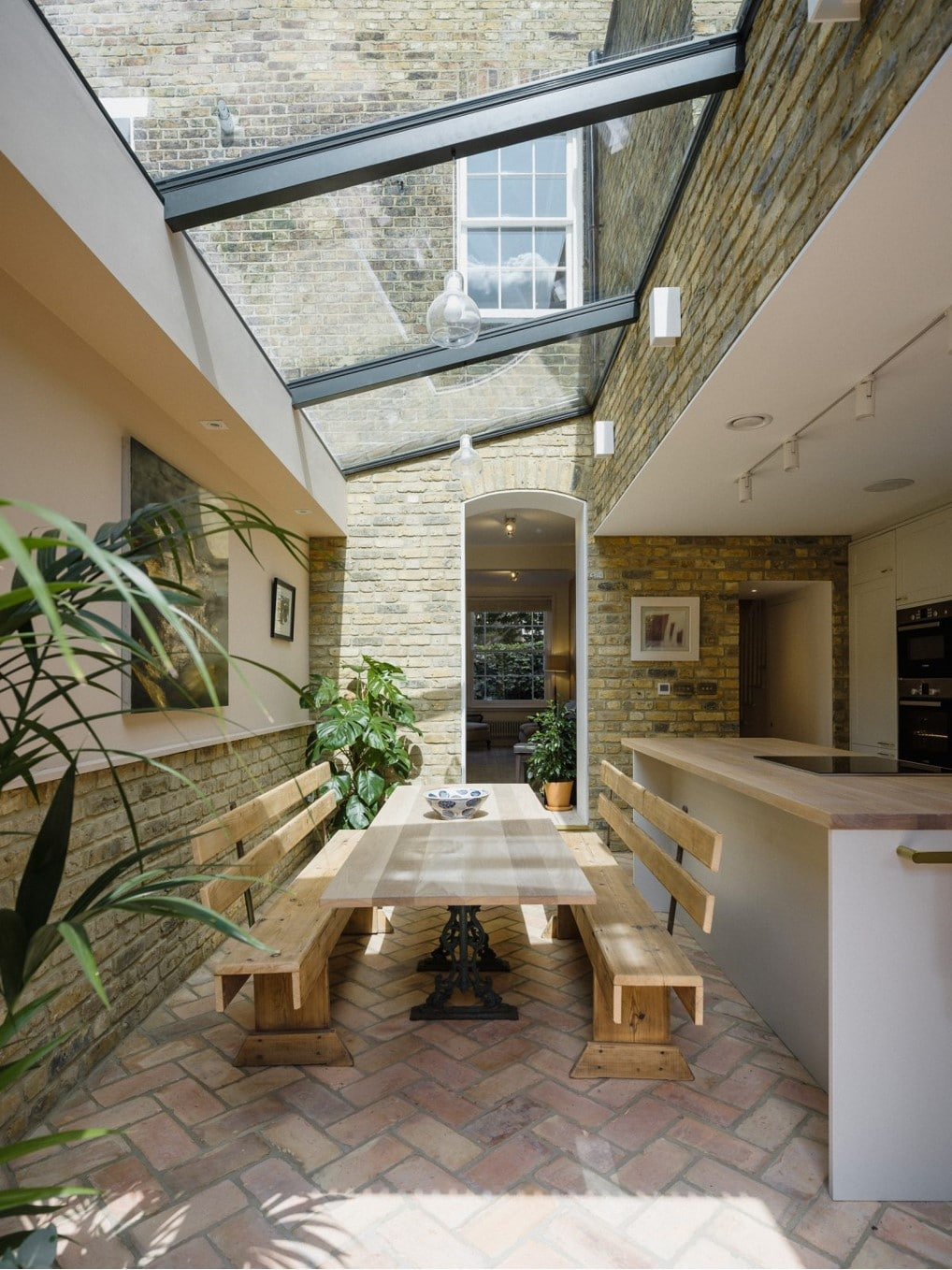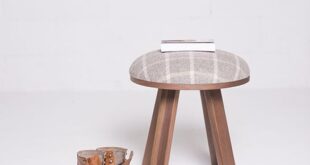
Victorian house renovation is a popular choice among homeowners looking to restore the charm and character of these historic homes. These houses are known for their intricate architectural details, such as ornate trim work, decorative moldings, and vibrant color palettes. Renovating a Victorian house can involve a variety of projects, including restoring original features, updating modern amenities, and enhancing energy efficiency. When renovating a Victorian house, it is important to work with professionals who have experience working with historic properties and understand the unique challenges that come with preserving a piece of architectural history. From updating plumbing and electrical systems to refinishing hardwood floors and restoring period-appropriate details, there are many ways to breathe new life into a Victorian home while still honoring its heritage. Ultimately, a well-executed Victorian house renovation can increase the value of the property and provide homeowners with a unique and beautiful living space that blends historic charm with modern conveniences.
Victorian houses are known for their intricate architectural details, steep gabled roofs, and ornate decorations. Renovating a Victorian house can be a fulfilling project for homeowners looking to restore the charm and character of these historic buildings. One of the key aspects of renovating a Victorian house is preserving its original features while updating it to meet modern living standards. This delicate balance between maintaining the historical integrity of the house and incorporating contemporary design elements requires careful planning and attention to detail.
When renovating a Victorian house, it is important to pay close attention to the exterior of the home. Many Victorian houses have decorative trim work, intricate woodwork, and colorful paint schemes that give them their distinctive look. Restoring or replicating these details can enhance the curb appeal of the house and make it stand out in the neighborhood. Additionally, updating the windows, doors, and roofing can improve energy efficiency and enhance the overall appearance of the house.
In addition to the exterior, renovating the interior of a Victorian house involves preserving its original features such as high ceilings, ornate moldings, and elaborate fireplaces. Refurbishing these elements can add character and charm to the living spaces while maintaining the historical authenticity of the house. Incorporating modern amenities such as updated kitchens, bathrooms, and heating systems can make the house more comfortable and functional for today’s homeowners. By blending the old with the new, a Victorian house renovation can create a harmonious living space that combines the best of both worlds.
In conclusion, renovating a Victorian house is a rewarding endeavor that allows homeowners to breathe new life into these historic homes. By carefully preserving the original features of the house while updating it to meet modern standards, a Victorian house renovation can create a unique and beautiful living space that celebrates the rich architectural heritage of the past. With careful planning and attention to detail, homeowners can transform a Victorian house into a timeless and elegant residence that is a joy to live in for generations to come.
 home decor trends
home decor trends



